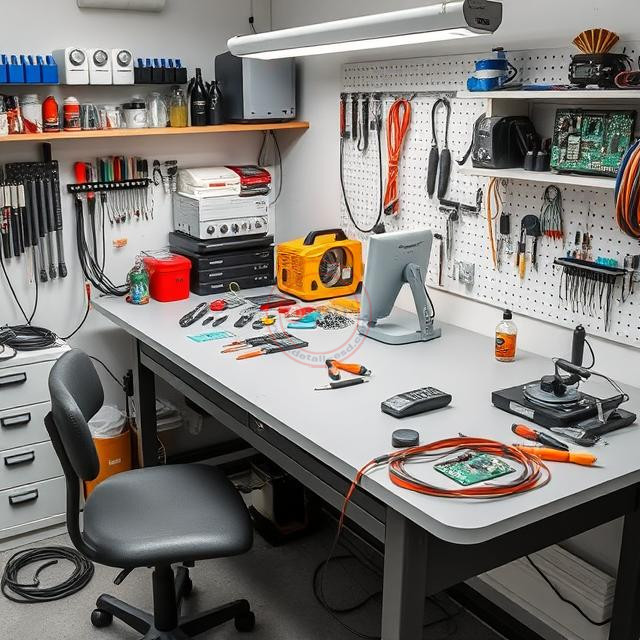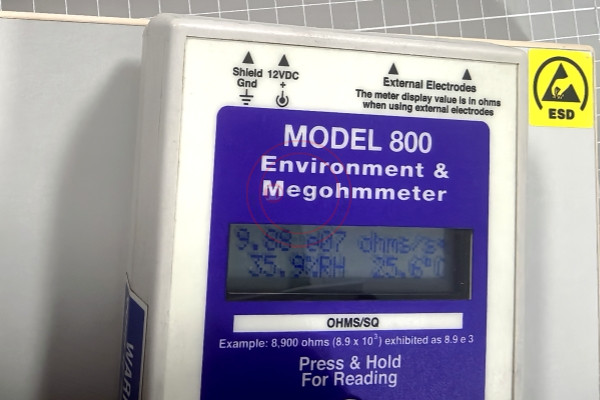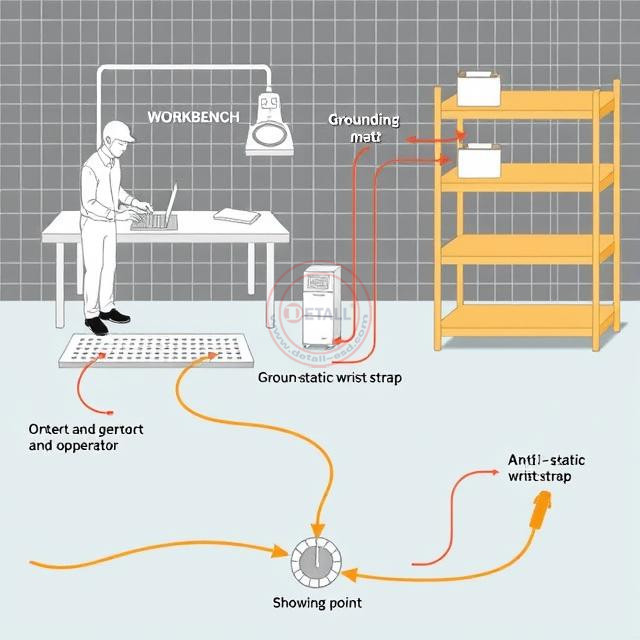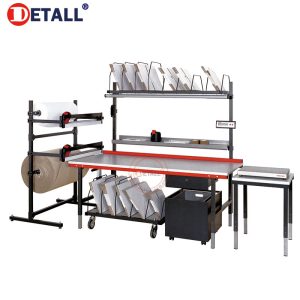How to Ground an ESD Workbench Correctly?
Static electricity can destroy sensitive components in an instant if it is not properly controlled, and grounding is the first line of defense.
Grounding an ESD workbench means creating a controlled path for static electricity to safely discharge to the earth, protecting both products and operators.

When I first started working in ESD protection, I made the same mistake many people do: thinking any ground is a good ground. I learned the hard way that using a building’s electrical ground for ESD can actually cause more harm than good. Setting up a true ESD ground requires planning, dedicated materials, and understanding why every detail matters.
What Are the Grounding Standards for ESD?
Without the right standards, grounding an ESD bench can accidentally create more dangerous discharges rather than prevent them.
ESD grounding standards require controlled resistance paths to earth ground, usually with a 1 megohm resistor to prevent sudden discharges.

Most international standards, like IEC61340-5-1, make it clear: the path between an ESD-sensitive device and ground must not be purely conductive. If the resistance is too low, static can discharge in a spark—causing exactly the kind of damage we are trying to avoid.
That’s why a resistor—commonly 1 megohm—is placed in the grounding line. This slows down the static discharge, ensuring that electricity flows away safely without a damaging arc. It is not just about the workbench either. If the operator wears a wrist strap connected to the same ground, that connection must also have a resistor.
Grounding System Requirements
| Component | Requirement | Purpose |
|---|---|---|
| Workbench Grounding | Connected through 1 megohm resistor | Controlled discharge to earth |
| Wrist Strap Grounding | Connected through 1 megohm resistor | Protects operator and devices |
| Independent Ground | Dedicated ESD ground, not shared with electrical safety ground | Avoid leakage risk from AC current |
Early in my career, I saw cases where people simply clipped their ground wires into the wall socket’s ground pin. This is dangerous. If a power fault occurs, high voltage can travel back into your ESD setup—straight to your bench, your tools, and your wrist. Real ESD protection needs a dedicated, isolated path to true earth ground.
What Material Is Used for Grounding the ESD Workbench?
Choosing the right materials is critical. Using the wrong ones can defeat the whole purpose of grounding.
Specialized ESD grounding materials include conductive wire, grounding cords, resistors, and isolated earth points designed specifically for static control.

In every workstation I design, grounding materials are selected with extreme care. The tabletop must have a static-dissipative surface. Grounding cords need proper built-in resistors. Connectors must be durable and corrosion-resistant. The goal is a stable, safe path from the bench and operator to the dedicated ground.
Essential ESD Grounding Materials
| Material | Description | Why It Matters |
|---|---|---|
| ESD Work Surface | Dissipative surface, not fully conductive | Controls discharge rate |
| Grounding Cord | Includes built-in 1 megohm resistor | Prevents sudden discharge |
| Common Ground Point | Connects multiple devices to one ground | Organized and safe |
| Wrist Strap | Conductive band with resistor cord | Protects the operator |
| Dedicated Ground Rod | Separate from AC ground or lightning rods | Avoids dangerous backflow |
I always insist on installing a true earth ground outside the building for ESD systems. That way, even if the main electrical system has issues, the ESD system remains safe. I remember helping a factory that had ESD lines tied into their power system—they experienced operator shocks during rainy days. A separate ESD-only ground fixed the problem overnight.
Where Do You Need to Ground in an ESD Workstation?
It is not enough to ground just one part of the workstation. Every path for static must be controlled.
At a minimum, you must ground the workbench, the operator, the floor mats, and any conductive shelving or equipment in the ESD dedicated grounding.

Many people focus only on the work surface. But if a grounded operator picks up a non-grounded tool or stands on a non-grounded surface, static can build up and cause a discharge anyway. Full protection means creating a complete grounding network, not just one or two points.
Grounding Points in a Workstation
| Area | How to Ground | Notes |
|---|---|---|
| Workbench Surface | Grounding cord to dedicated ground | Use mat with dissipative properties |
| Operator | Wrist strap connected to common ground | 1 megohm resistor inline |
| Floor Mats | Ground cord to same earth ground | Anti-static floor mats recommended |
| Shelving and Storage | Grounded if conductive | Avoid floating metal parts |
| Tools and Fixtures | Grounded if conductive | Include test verification |
In my setups, I always add a ground tester near the workstation. Operators must check their wrist straps daily before starting work. It only takes 5 seconds but saves so much trouble later. Static doesn’t forgive mistakes.
Conclusion
Properly grounding your ESD workstation is not optional; it’s a vital shield against invisible, costly damage that can destroy products and endanger workers.



